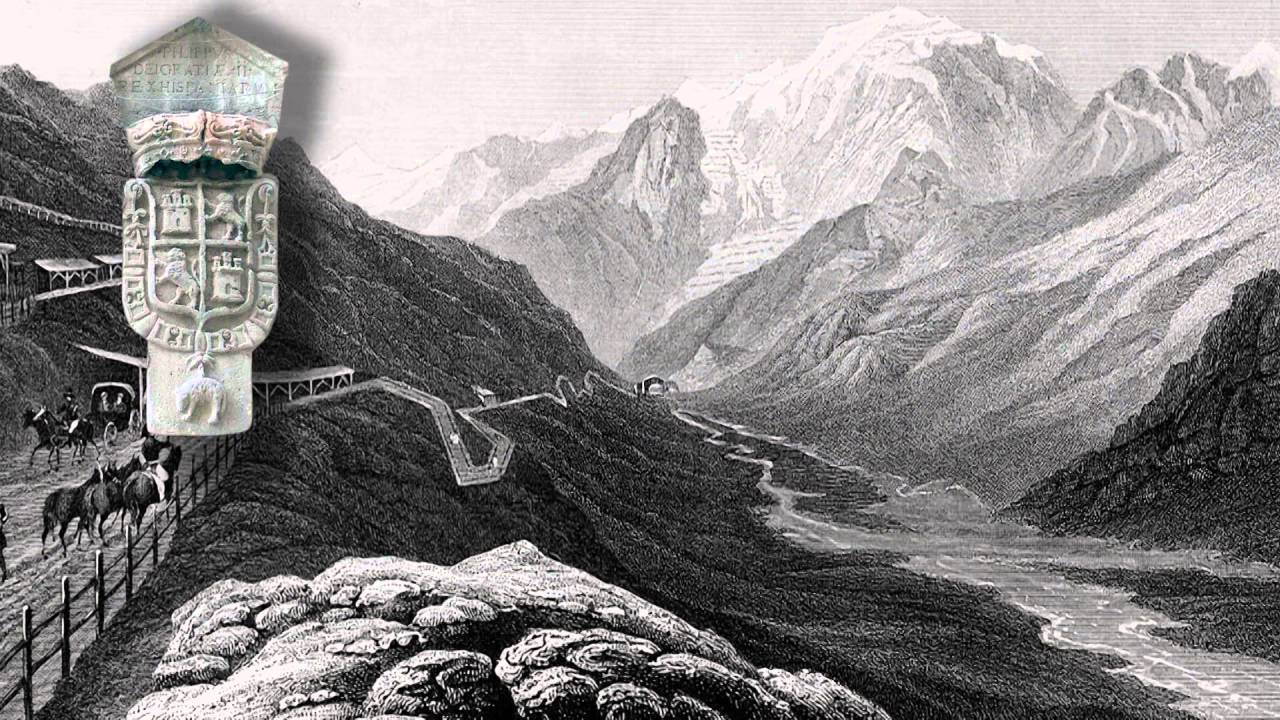Antonio shouted at the donkey: “Come on, goldshitter! Giddy up, cacaurre! Get a move on!” and the animal responded by depositing a pile, not of manure, but of jewels….”
This is how a 17th-century Neapolitan tale tells of a golden donkey that rained down coins and jewels just by uttering the secret word...
In this era of collections of wonders, curious artefacts, rare clocks and automatons that astonished the public, there was a mechanism invented by man that, it seemed, could fulfil the dream of infinite wealth... if the secret of its production were known.
More than just an artistic marvel to be admired, this ingenious device was a useful object, a technological advance in coin manufacturing that replaced traditional hammer minting, saving time, money and labour; a true precursor to the Industrial Revolution.
While today you can pay with the euro in most European countries, in the past each king or prince minted his own coins, such as Henry IV of Castile, who in 1455 ordered the construction of a mint in the old town of Segovia, to which a new headquarters next to the River Eresma was added at the end of the 16th century.
It was in Hall that the ingenious new roller minting technique, introduced in Tyrol by a group of Swiss inventors in 1564 during the reign of Emperor Ferdinand I and his son, Archduke Ferdinand of Tyrol, uncle and cousin of Philip II respectively, was to be set up. At the same time, in 1477, a mint was founded in Hall, in the Tyrol, at the expense of Archduke Sigismund. Among the Swiss mentioned, Hans Vogler (Fogler) stands out, who, together with local technicians, achieved such progress that from 1569 onwards it was possible to mint coins continuously and regularly using the roller technique. Dismissed by Archduke Ferdinand in 1568, Vogler tried unsuccessfully to sell the mechanism to Philip II, as well as to the Kingdom of Poland, where he died heavily in debt in 1574 or 1575.
Among the Swiss mentioned, Hans Vogler stands out. He achieved such progress with local technicians that, from 1569 onwards, coins could be minted continuously and regularly using a roller. Dismissed by Archduke Ferdinand in 1568, Vogler tried unsuccessfully to sell the mechanism to Philip II, as well as to the Kingdom of Poland, where he would die heavily in debt in 1574.
Although Philip II knew that his cousin in Tyrol had a machine for making money, it was not until 1580 that the Spanish king decided to mint his coins using this new technique. A year later, in Lisbon, he was given a detailed explanation of how Hall's invention worked by Gregorio Gerlin, secretary to the imperial ambassador Hans Khevenhüller (Kefenjiler). Gerlin was commissioned to supervise the construction of the machinery in Hall for Philip II, as well as its transport to Spain.
What today would be the production, transfer and installation of an industrial plant had to be carried out in record time. In the spring of 1582, Jacob Bertorf, head of the Hall Mint, and his colleagues began construction of the machinery, while a first group of technicians travelled to Spain and drew up plans for the building and hydraulic installations, based on those in Hall, located in Hasegg Castle.
During the same years, the construction of the Mint in Ensisheim, Alsace, a city then located in the territory of Archduke Ferdinand, was organised from Hall. It had the same characteristics as the Mint in Segovia. Bertorf built two other mills for Ensisheim, which began operating in 1584.
Two years later, after testing, the machine was ready for transport. This marked the beginning of a long and arduous expedition of more than two thousand kilometres, crossing mountain passes, rivers, lakes and the sea. The route chosen was the so-called ‘Spanish road’, considered safe because it ran mostly through territories controlled by the Habsburgs, which at that time linked Flanders with the Iberian Peninsula, crossing the Tyrol.
A convoy of 25 carts left the city of Hall on 2 October 1584, arriving in the city of Como at the end of the month. The valuable cargo was guarded in the house of Governor Pallavicini, possibly the Villa Pliniana.
At the beginning of December, the journey continued to Milan and Genoa, where an unforeseeable event would block transport until February 1585.
From Hall, the transport had been accompanied by an experienced Italian soldier named Flavio Bordón. Upon learning of a plot to assassinate the Lombard count Renato Borromeo, he attempted to sell his information, but without success. This was a murky affair that would end disastrously for Bordón, who was sentenced to the galleys for blackmail.
Bordon was replaced by Magno Mayr, who had already led the first group of technicians to Spain in 1582, and on 2 February 1585, the convoy set sail for Barcelona, arriving 16 days later with a sick and exhausted Gerlin, who died shortly after arrival.
Without leadership and heavily in debt, Operation Ingenio seemed to have come to an end.
As luck would have it, the owner of the machinery, King Philip II, accompanying his daughter Catalina Micaela to Barcelona in April 1585, took charge of the matter. Once the debts had been paid, the journey could continue, and on 13 June 1585, the convoy arrived in Segovia.
On the banks of the Eresma River stood the first building of the Mint, built by Juan de Herrera with the assistance of officials sent from Tyrol.
Once the machinery was assembled, the technicians from Hall were able to begin testing and, finally, regular coin minting, first in silver and later in gold.
Philip II and Ambassador Khevenhüller visited the Segovia Mint in October 1587, and the King was very satisfied, offering the ambassador a generous gratuity.
Thus began the success story of the Segovia Mint, whose technology would be exported to Potosí in the 18th century.







